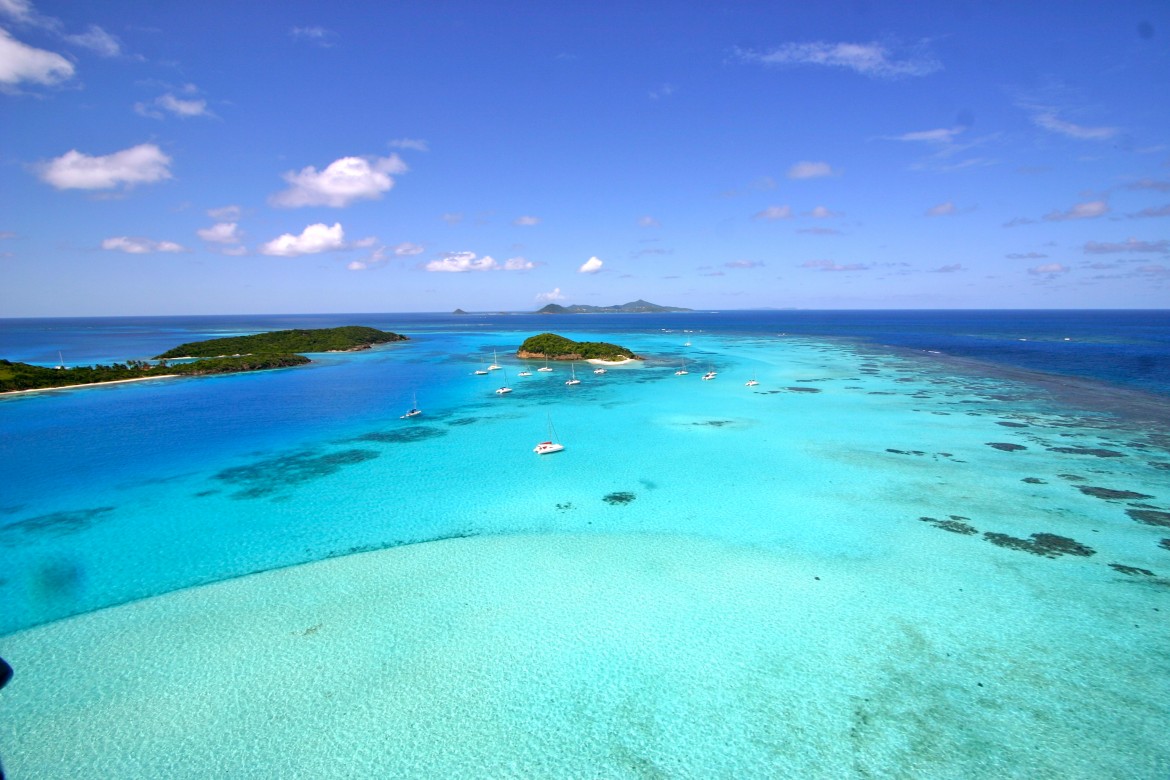St Vincent and the Grenadines – Zika Virus FREE
The rapid spread of Zika virus through the Americas, together with the association of infection with microcephaly and Guillain-Barré syndrome, have propelled this previously ignored virus into the limelight.
Says Professor Esper Kallas of University of San Paolo, Brazil.
What is Zika?
Zika fever is transmitted among humans by mosquito bites. It is a member of the flavivirus family, which includes the dengue virus.
Centers for Disease Control and Prevention outline that “most individuals (75%) infected with Zika virus experience mild or no symptoms”. About 25% of infected people develop symptoms 2-10 days after infection in four people may develop mild flu symptoms and a light rash that can last between two and seven days.
The World Health Organisation says people affected should drink plenty of fluids, ensure they rest regularly and treat pain and fever with common medicines.
Which countries are affected?
The World Health Organization has placed travel notices for those countries experiencing the transmission of the ZIKA virus.
This list of countries currently includes the US Virgin Islands, the Commonwealth of Puerto Rico, a U.S territory, Saint Martin, Barbados, Curaçao, Dominican Republic, Guadeloupe, Haiti and Jamaica. A map on the Pan American Health Organisation website is updated weekly.
Should we be concerned about Zika in St Vincent and the Grenadines?
There have been no reports of the Zika virus in the islands of St Vincent and the Grenadines, and no travel notices are issued by the World Health Organization (WHO).
If you are traveling to and from St Vincent and the Grenadines, do keep in mind that travelers who visit a country where Zika is found could still become infected if bitten by a mosquito in those areas (download our checklist to help avoid this HERE). Imported cases may result in local spread of the virus.
Prevention for Travelers
When traveling to countries where Zika virus or other viruses are spread by mosquitoes, it is important to take precaution:
- Wear long-sleeved shirts and long pants.
- Stay in places with air conditioning or that use window and door screens to keep mosquitoes outside.
- Sleep under a mosquito bed net if you are overseas or outside and are not able to protect yourself from mosquito bites.
We have created a special Mosquito Prevention Travel Checklist for you to download below to help you reduce your risk of mosquito bites wherever you go!
In addition, the Centers for Disease Control and Prevention have created a checklist for travellers which you can download directly from our checklist. We are dedicated to keeping you healthy and happy!
We want you to experience the very best of the Grenadines with nothing to worry about except which island to which you would like to set sail :)








